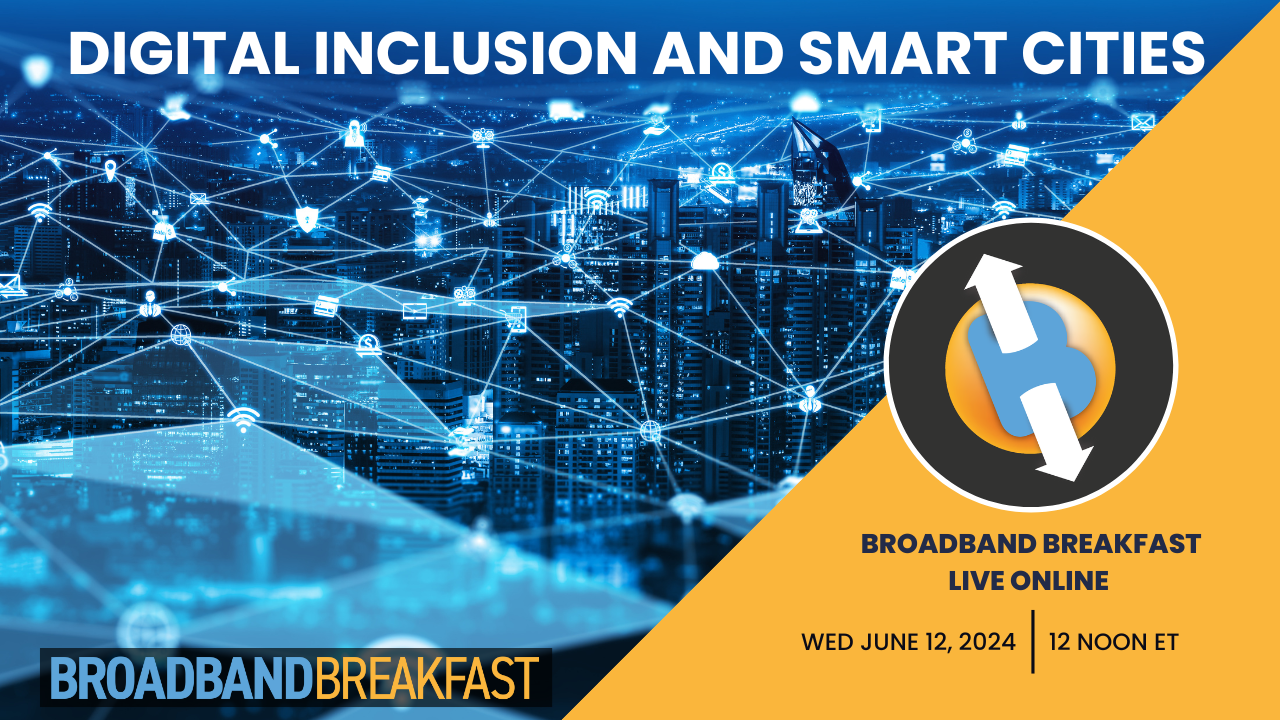Affordability Mapping Essential for BEAD Deployments, Experts Say
Neglecting to map regions where both affordability and accessibility limit high-speed internet subscriptions could impair effectiveness.

June 14, 2024 – Broadband experts said that collecting data that accurately tracks the adoption of broadband services is critical for connecting every unserved and underserved address in the United States, the goal set by the Biden Administration in its Internet for All initiative, at a Broadband Breakfast Live Online event Wednesday.
Panelists warned that failure to map areas where affordability and accessibility restrict high-speed internet subscriptions can hinder the efficacy of the $42.5 billion Broadband, Equity, Access, and Deployment program. Money is not allocated to areas where service is provided but adoption is low due to affordability barriers because broadband maps show that these areas are covered, they said.

Broadband and Digital Inclusion Manager for the city of Oakland, California Juliet Yates emphasized that presenting this data to local legislators and Congress is crucial. It brings attention to the pressing need for subsidies to address the persistent problem of broadband affordability, ensuring that it does not remain unresolved.
According to Yates, broadband offices should create maps outlining areas dealing with affordability challenges.
Denise Shorey, president at e-Luminosity, a consulting firm focusing on development of high capacity networks, revealed that in minority and low-income communities, upwards of 40 percent of households in the city of Pueblo, Colorado do not have connection even though the areas are considered by the Federal Communications Commission to be served.
The now-lapsed Affordable Connectivity Program, which provided low income households a discount for high-speed broadband subscriptions, provided a map of households enrolled in the program, which was used as a way to map areas that did not have affordable access to broadband.
The map did not detail which American addresses were not connected to the internet due to affordability and adoption barriers.

Panelists
- Juliet Fink-Yates, Broadband and Digital Inclusion Manager, City of Philadelphia
- Luisa Calumpong, Broadband Manager, City of Oakland
- J. Randolph Luening, Founder, BroadbandToolkit.com
- Denise Atkinson-Shorey, President, e-Luminosity
- Delia Sanchez, Community Engagement Specialist, Colorado Broadband Office
- Drew Clark (moderator), Editor and Publisher, Broadband Breakfast











